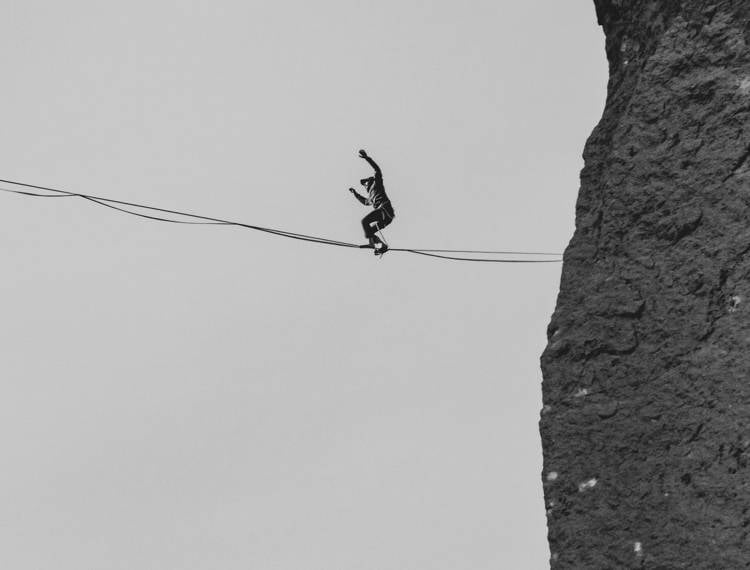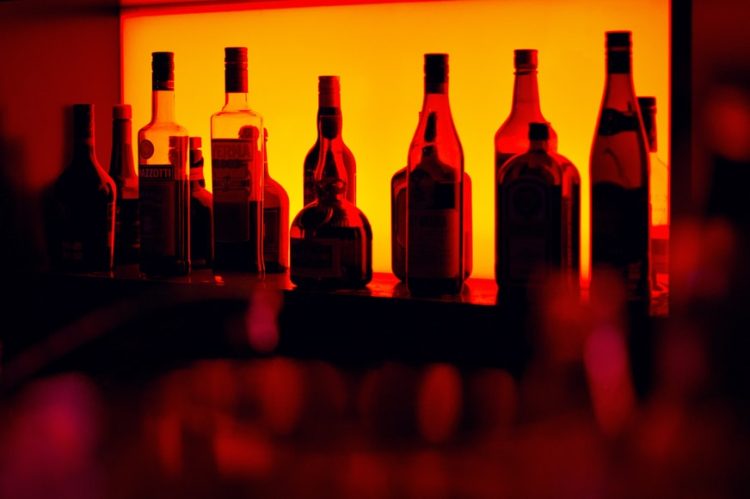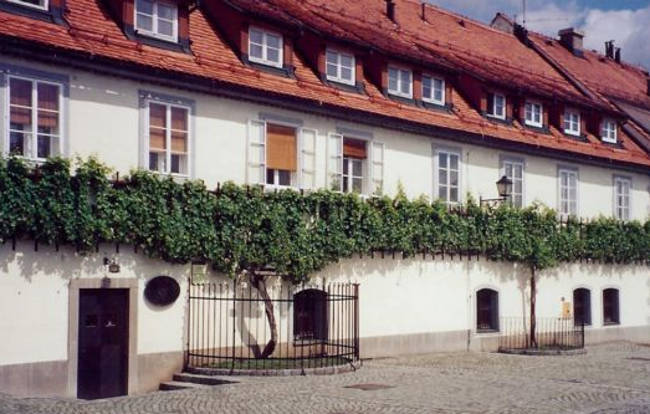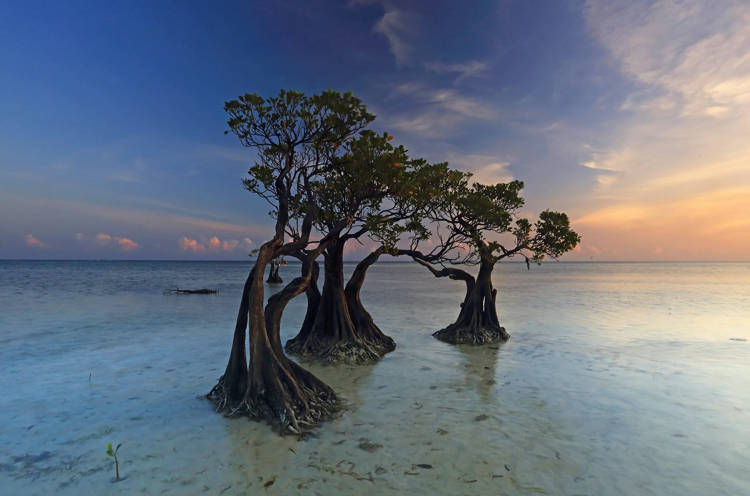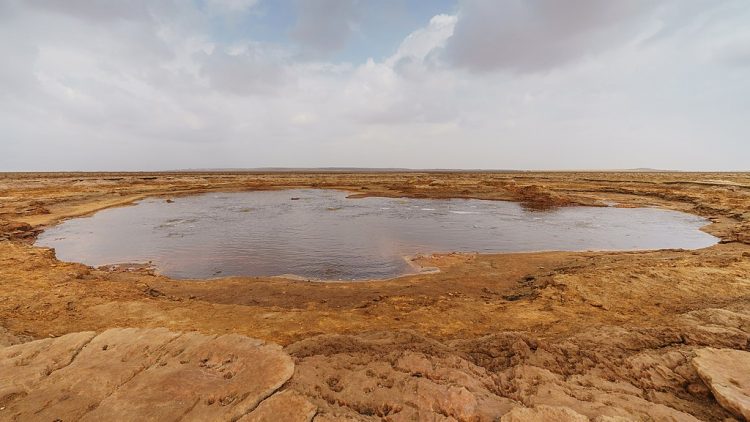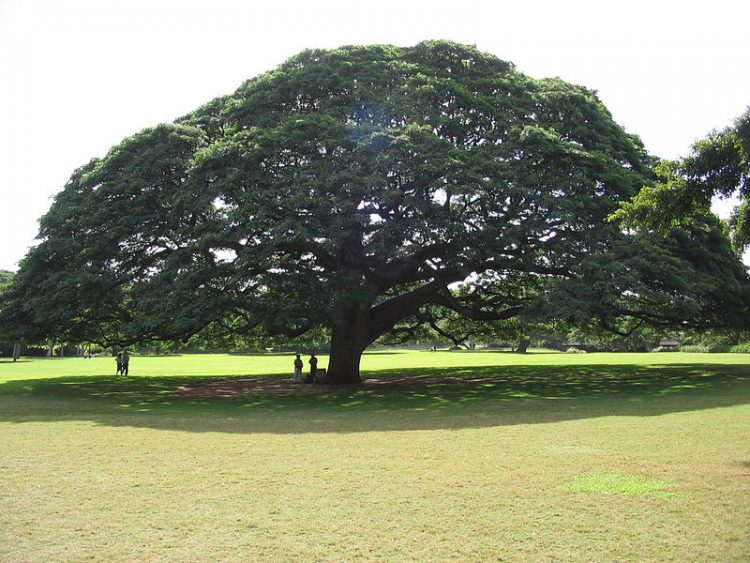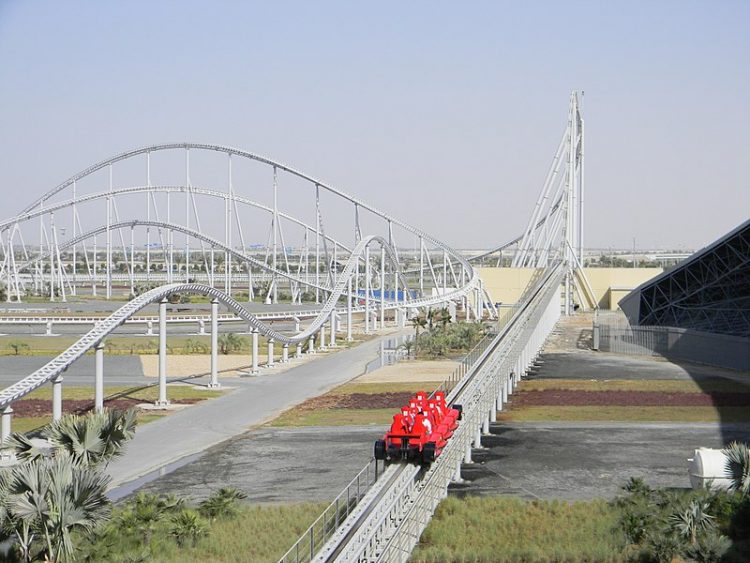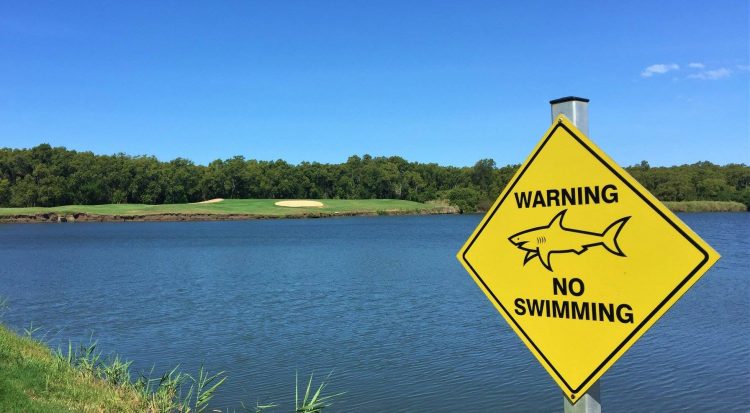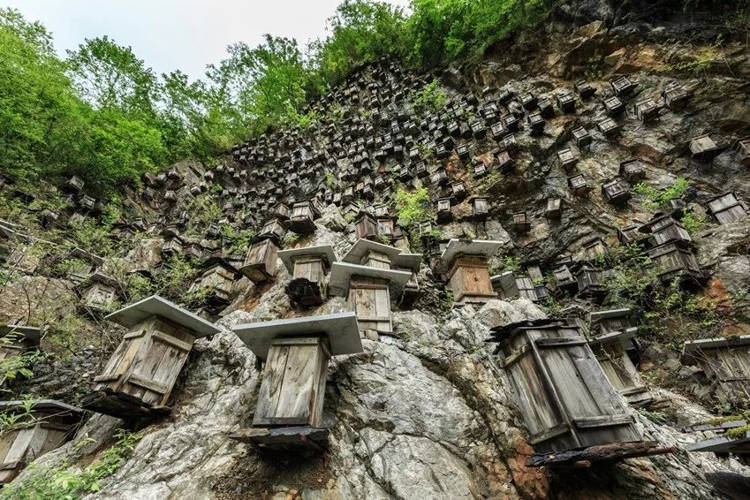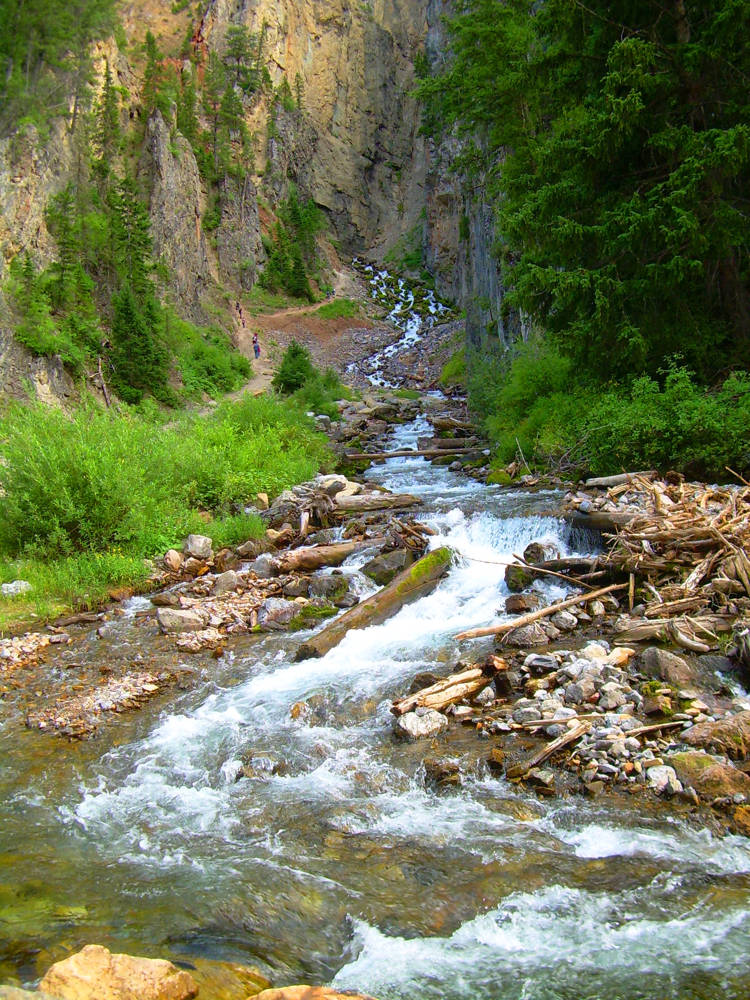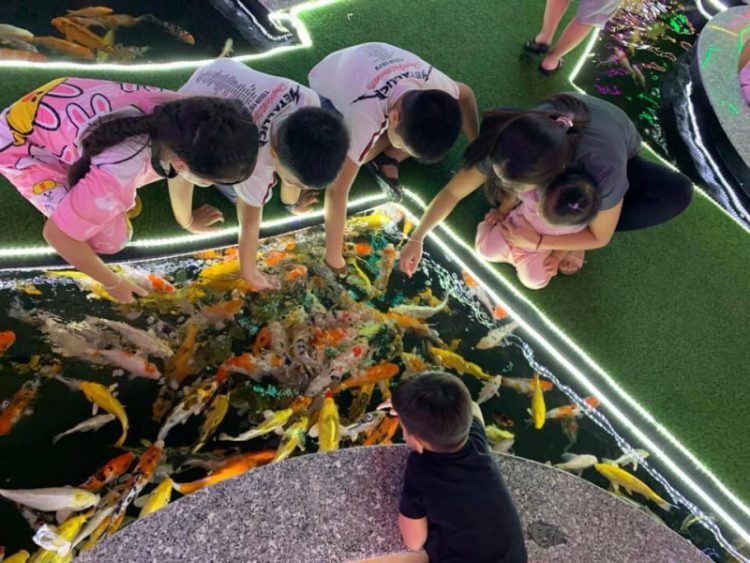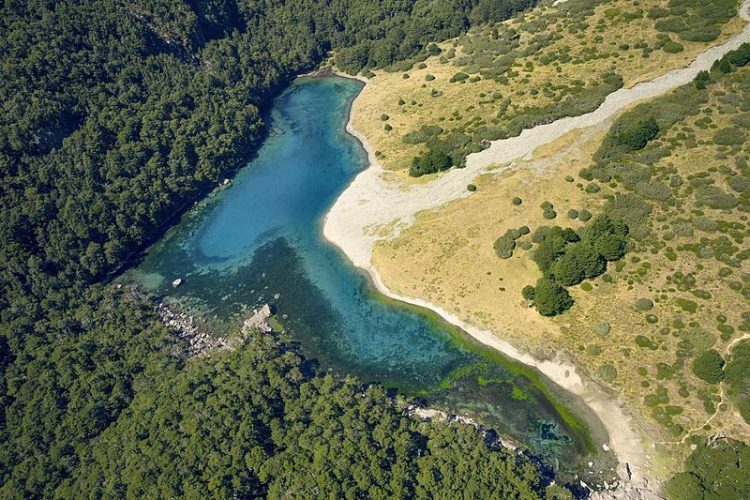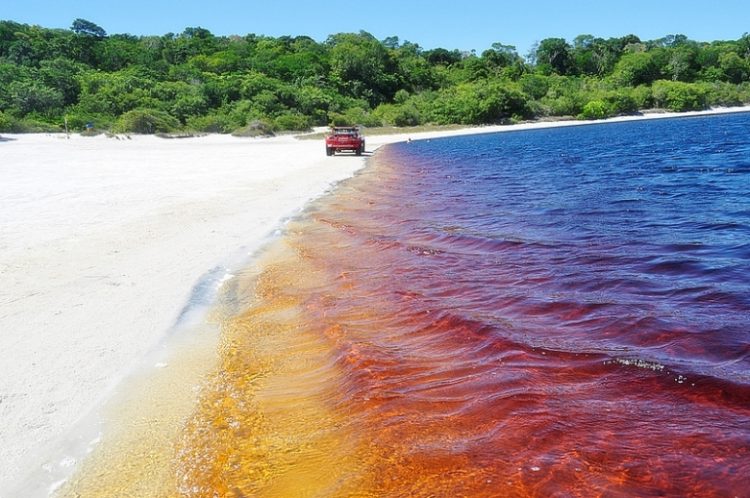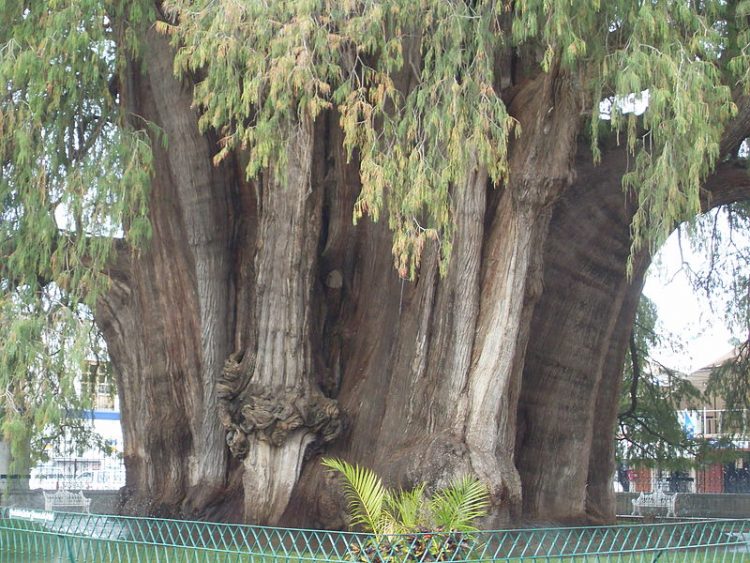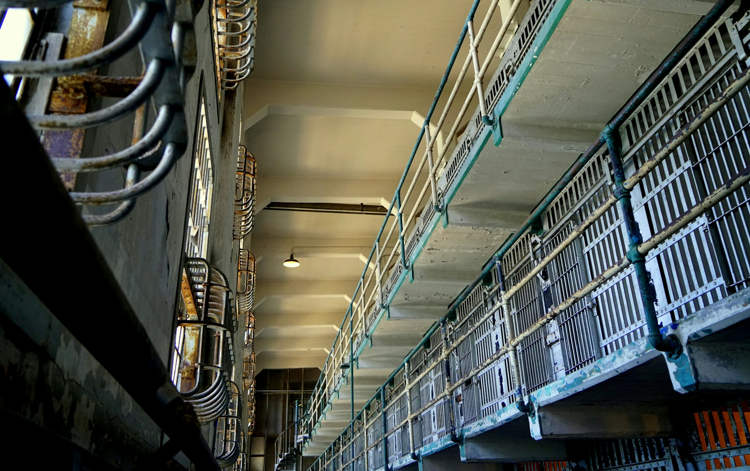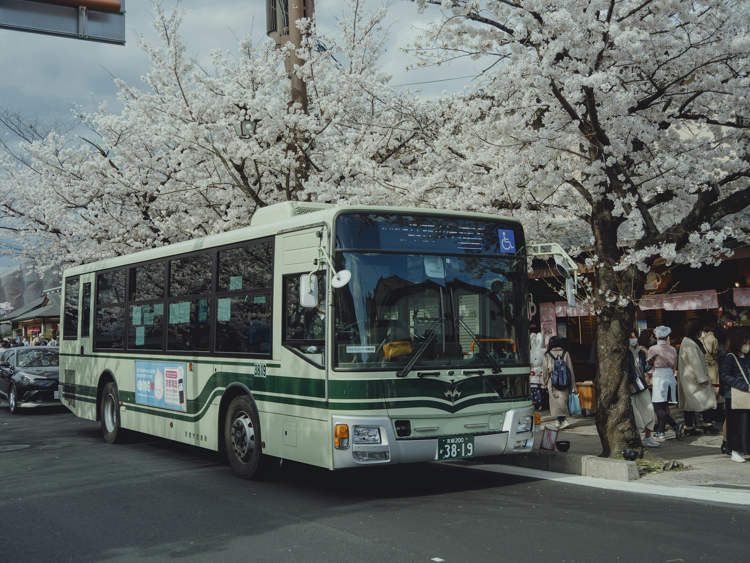Sri Ananthapura temple in north Kerala’s Kasaragod district is allegedly home to a vegetarian crocodile named ‘Babiya’ who has been living there for over 70 years.
Pictures of a large crocodile inside the Sri Ananthapadmanabha Swamy Lake Temple made international news headlines last year, boosting the small Hindu temple’s popularity. But in reality, this was one of the few times that the giant reptile had entered the temple, as it spends most of its time in an adjacent pond, waiting for the priests to bring it the daily meals, which are always vegetarian. If the priests are to be believed, Babiya the crocodile has been living solely on cooked rice for as long as he’s been at the temple, which adds up to over seven decades.


